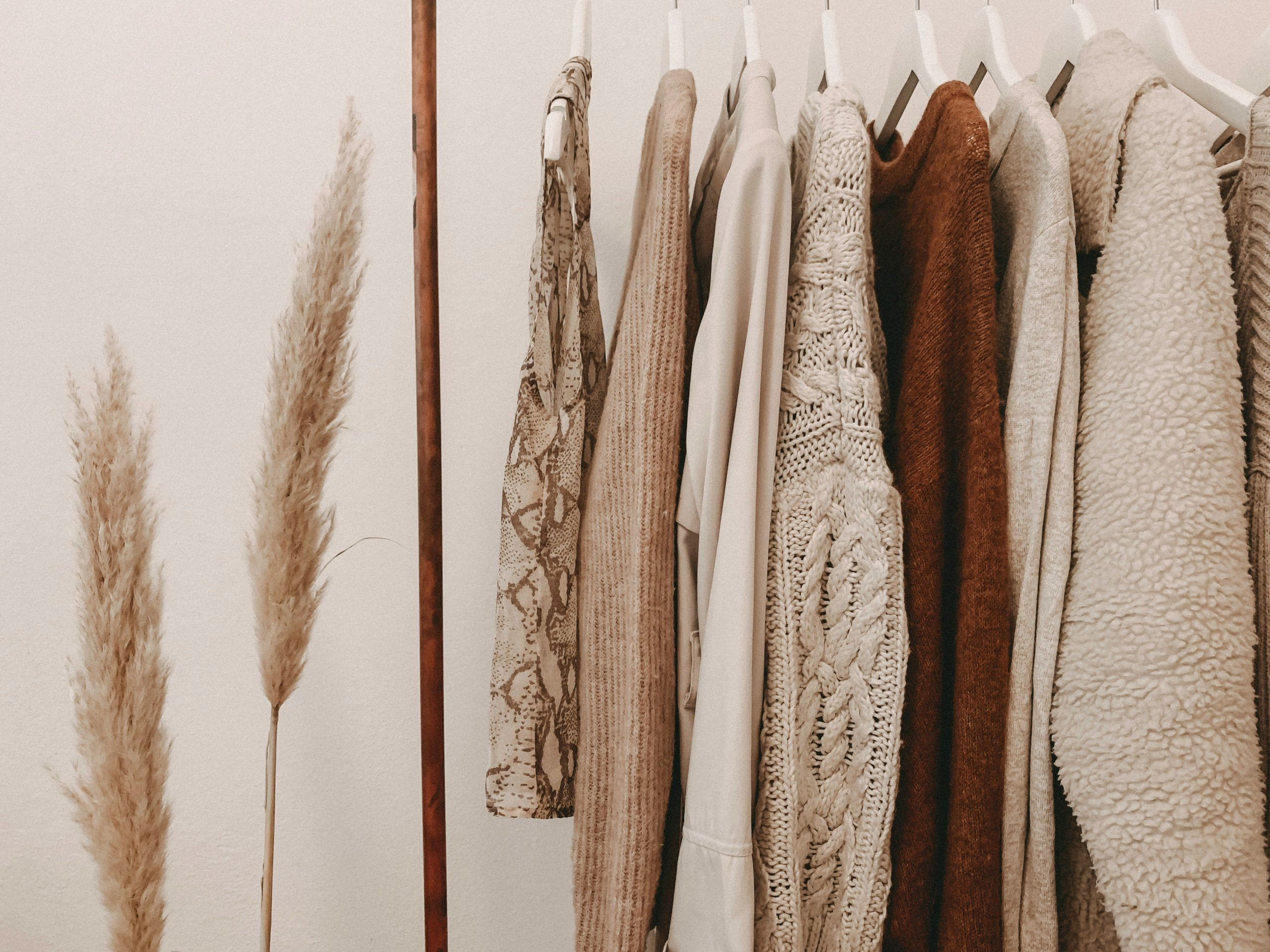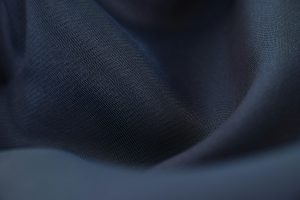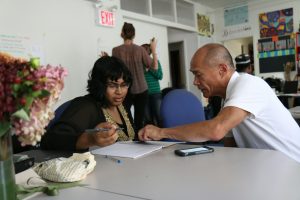Fashion’s Ageism Problem: Why Over-50 Models Are Still Rare
When we think of fashion models, images of young, slim, and often white women may come to mind. However, the fashion industry has been facing a long-standing issue of ageism, particularly when it comes to older models. Despite the growing representation of diverse body types and ethnicities in recent years, the inclusion of over-50 models in high fashion remains rare. This systemic problem not only excludes a significant portion of the population but also perpetuates harmful stereotypes and narrow beauty standards. In this article, we’ll explore the complexities of fashion’s ageism problem and why the representation of over-50 models is still lacking.
The Unrealistic Standards of Youth in Fashion
The Dominance of Youthful Beauty
The fashion industry has long been fixated on youth and beauty, with designers, brands, and publications constantly promoting young and flawless models. This fixation can be traced back to the mid-20th century, when youth culture became an emblem of modernity and consumerism. As a result, fashion has become closely associated with youth, often equating it with desirability and success.
The Reinforcement of Stereotypes
This focus on youth has also reinforced negative stereotypes about aging. In popular media, older women are frequently portrayed as unattractive, undesirable, and even invisible. This has created a societal pressure to maintain youthful looks, perpetuating harmful ideas of beauty and exclusion for those who don’t fit these standards.
The Slow Progress of Age Diversity
The Increasing Representation of Diversity
In recent years, there has been a rise in diversity and inclusivity in the fashion industry, with an increase in body positivity, racial inclusivity, and representation of differing gender identities. However, despite these strides, age diversity continues to lag behind. The Spring/Summer 2021 fashion season, for example, had less than 4% of models over the age of 50 on the catwalks.
The Tokenism of Over-50 Models
When older models are included in fashion campaigns or shows, they are often seen as token additions rather than true representation. They are often depicted as “ageless” or “timeless,” which reinforces the idea that looking young is the only way to be considered beautiful. This also disregards the individuality and diversity within the aging population.
The Importance of Over-50 Models
The Power of Representation
Representation matters, especially in an industry that has such a widespread influence on societal beauty standards. By continuing to exclude over-50 models, fashion perpetuates the notion that youth is the only form of beauty, contributing to age discrimination and reinforcing negative stereotypes about aging. By including older models, the industry can promote a more inclusive definition of beauty and celebrate the diversity of all ages.
The Growing Influence of the Silver Market
The over-50 demographic, otherwise known as the “silver market,” has significant spending power and is a growing consumer group in the fashion industry. In the U.S., for example, the 50+ market is estimated to hold more than 70% of the nation’s wealth. By excluding this demographic, fashion brands are missing out on a lucrative market and failing to cater to a significant portion of their consumer base.
The Need for Change
A Call for Inclusivity
The fashion industry must recognize its influence and the responsibility it holds in shaping societal perceptions of beauty. It’s time to move away from the narrow definition of beauty and embrace age diversity in fashion. This includes not only featuring over-50 models but also hiring older designers, photographers, and creatives to contribute to the industry’s visual representation.
Challenging Ageism with Action
The inclusion of over-50 models should not be used as a marketing ploy or a one-time gimmick. It should be a conscious effort to challenge ageism in the industry and promote a more authentic and effective representation of society. By actively seeking and promoting models of all ages, fashion can become a positive force in breaking the stigma against aging.
Conclusion
The lack of over-50 models in high fashion is a long-standing and complex issue that reflects societal attitudes and stereotypes about aging. Whether it’s the focus on youthful beauty or the lack of representation, the fashion industry has a responsibility to promote inclusivity and diversity at all ages. By embracing over-50 models and challenging ageism, the industry can be a powerful advocate for change, leading to a more positive and inclusive perception of beauty.











